

Liquid droppers, also known as pipettes, are specialized tools designed to handle and dispense precise amounts of liquids. They play an integral role across industries, particularly in cosmetics, pharmaceuticals, and laboratories, where accuracy and preservation of sensitive formulations are paramount. Cosmetic dropper bottles, bottles, and oil dropper bottles are prime examples of how these tools enhance product functionality and appeal.
This article explores the intricate working mechanisms, diverse designs, and practical applications of liquiddroppers, focusing on their pivotal role in and cosmetics .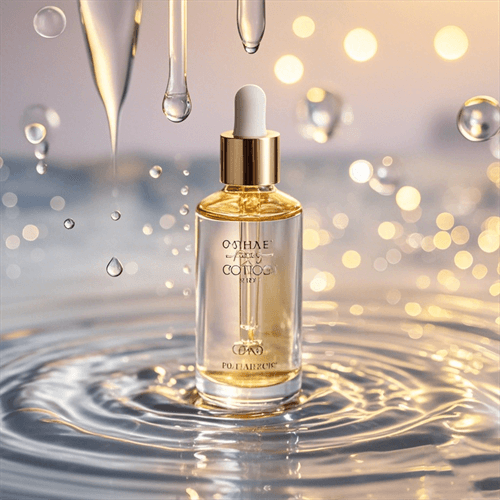
At their core, liquid droppers operate on simple yet effective suction and displacement principles. They typically comprise three components:
Bulb: A pliable element that, when compressed, forces air out of the tube.
Tube: A hollow structure, often made from or plastic, that draws in the liquid through suction.
Tip: A narrow end that ensures controlled dispensing of liquid.
Squeeze the bulb to expel air.
Submerge the tip in the desired liquid.
Release the bulb slowly to draw liquid into the tube.
Squeeze the bulb again to dispense the liquid drop by drop.
This mechanism ensures minimal waste, accurate measurements, and protection of the liquid from external contaminants, making liquid droppers ideal for handling sensitive formulations like essential oils, serums, and active skincare ingredients.
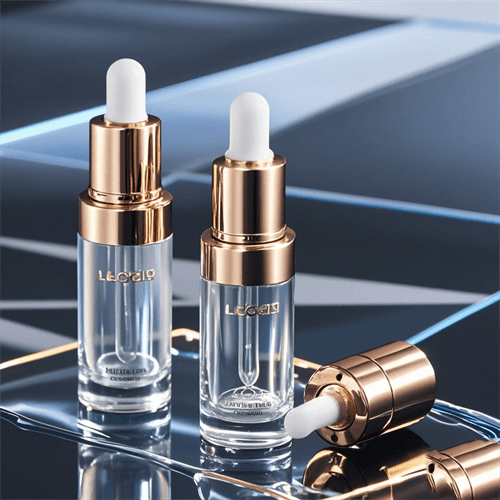
The material of a liquid dropper significantly impacts its functionality, durability, and compatibility with the liquid.
| Material | Features | Applications |
|---|---|---|
| Glass Droppers | Non-reactive, durable, and ideal for light-sensitive liquids. | Serum bottles, cosmetic oils, laboratory reagents. |
| Plastic Droppers | Lightweight, cost-effective, and suitable for disposable applications. | Single-use packaging, home DIY projects. |
Glass droppers, especially when paired with dark amber or cobalt bottles, protect light-sensitive contents like essential oils from degradation. Conversely, plastic droppers are favored for portability and low-cost applications.
Graduated Droppers: These have measurement markings, making them ideal for dosing applications like serum bottles or oil dropper bottles.
Bent Tip Droppers: Designed to reach the corners of containers, ensuring no liquid is wasted.
Fixed-Volume Droppers: Pre-calibrated for precise and repeatable dispensing, used in laboratories and pharmaceuticals.
Disposable Plastic Droppers: Affordable and perfect for short-term or one-time use.
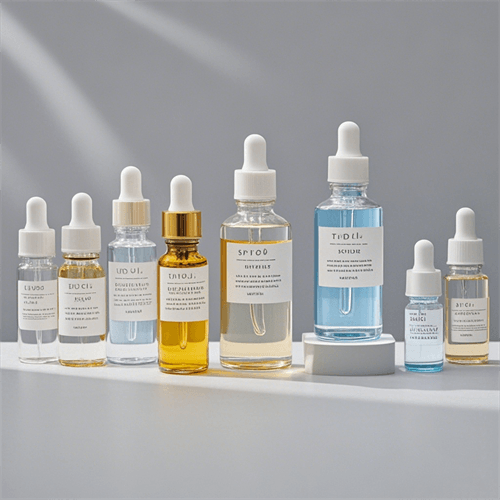
The rise of glass dropper bottles in the cosmetic industry is a testament to their unmatched functionality and aesthetic appeal. These tools are frequently incorporated into the packaging of premium products like serums, facial oils, and active skincare treatments.
Precision: Accurate dispensing ensures optimal application of high-value products.
Protection: Glass dropper bottles shield contents from light, air, and contaminants, preserving efficacy.
Luxury Appeal: The sleek design and smooth operation of droppers align with the branding of high-end skincare lines.
Essential Oils: Amber glass dropper bottles are a staple for essential oils, safeguarding volatile compounds from degradation.
Serum Bottles: Clear glass dropper bottles highlight the luxurious textures of serums, enticing customers.
Oil Dropper Bottles: These allow users to dispense oils in precise amounts, preventing overuse or spills.
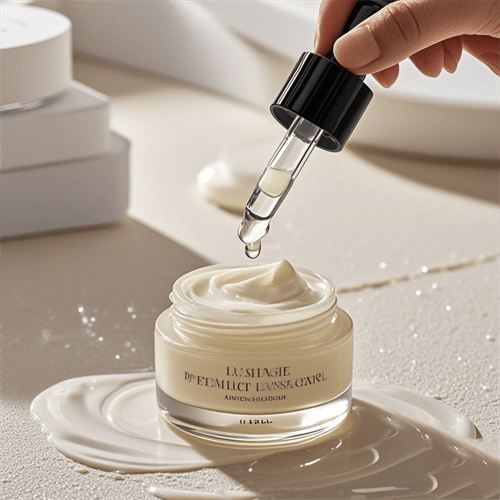
Liquid droppers extend beyond cosmetics into various aspects of daily life:
DIY Products: Custom skincare blends often utilize plastic or glass droppers for accurate measurements.
Gardening: Used for dispensing liquid fertilizers or water additives for delicate plants.
Medical Use: Common in administering liquid medications or eye drops.
When selecting a liquid dropper, it’s crucial to match the tool to the application’s specific needs:
Type of Liquid: Is it light-sensitive or stable? Choose glass for sensitive liquids and plastic for general use.
Application Environment: For laboratories, opt for fixed-volume or graduated droppers. For cosmetics, prioritize aesthetic and functional designs.
Volume Precision: Consider whether you need exact measurements or general dispensing capabilities.
Glass Dropper Bottles for Essential Oils: Protect volatile compounds while offering a premium user experience.
Plastic Droppers for DIY Use: Affordable and easy to handle for home projects.
Serum Bottles with Graduated Droppers: Enable precise application of active ingredients.
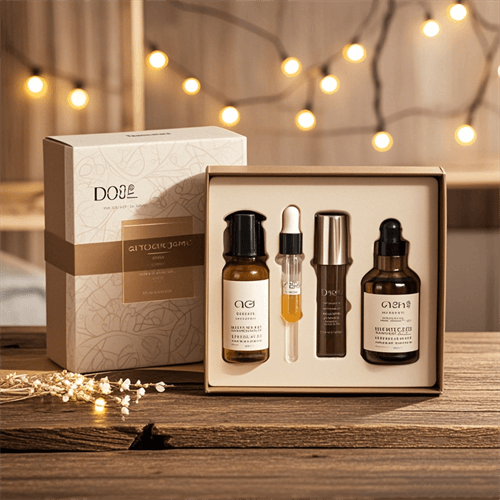
| Dropper Type | Material | Best For | Advantages | Limitations |
|---|---|---|---|---|
| Glass Dropper | Glass | Light-sensitive liquids like essential oils. | Durable, elegant, and protective. | Costlier and less portable. |
| Plastic Dropper | Plastic | Disposable or single-use applications. | Lightweight and affordable. | Limited light protection. |
| Graduated Dropper | Glass/Plastic | Applications requiring measurement precision. | Accurate dosing capabilities. | May be more expensive. |
| Bent Tip Dropper | Glass/Plastic | Reaching into tight container spaces. | Reduces waste. | Niche application. |
Customers prioritize convenience and product integrity in cosmetics. Glass dropper bottles meet these demands by:
Offering a tactile and precise application experience.
Aligning with eco-friendly and reusable packaging trends.
Plastic droppers, though less luxurious, remain popular in budget-conscious markets and for travel-sized products.
Sustainability is becoming a core concern in cosmetics. Many brands now offer refillable glass dropper bottles or biodegradable plastic alternatives to appeal to environmentally conscious consumers.
Liquid droppers are more than just tools; they are indispensable allies in industries demanding precision, protection, and efficiency. From essential oil bottles to serum bottles, their application enhances product functionality and ensures customer satisfaction.
Glass dropper bottles remain the gold standard for light-sensitive and high-value products, combining durability and aesthetic appeal. Meanwhile, plastic droppers provide a cost-effective solution for single-use or portable products.
In cosmetics, the ability to precisely dispense serums, oils, and active ingredients elevates the user experience. By pairing functionality with luxury, liquid droppers have become integral to modern packaging solutions.
As sustainability takes center stage, innovations in dropper materials and designs will continue to shape the industry. Whether you’re crafting your skincare line, working with pharmaceutical formulations, or simply looking for a reliable tool, there’s a liquid dropper perfectly suited to your needs.
Glass dropper bottles are ideal for light-sensitive liquids like essential oils, active serums, and luxury skincare products.
Clean reusable glass droppers by rinsing with warm soapy water, followed by sterilization with alcohol or boiling water.
It depends on the plastic type. High-density polyethylene (HDPE) is commonly recyclable, but check local recycling guidelines.
Opt for glass droppers for durability and luxury or plastic droppers for affordability and portability.
Yes, most droppers are designed to handle oils, though thicker liquids may require specialized droppers with wider tips.
Bent tip droppers are perfect for reaching into the corners of bottles, minimizing waste and ensuring every drop is used.
Yes, many brands now offer refillable glass bottles with droppers or biodegradable plastic alternatives to reduce environmental impact.
By understanding the diverse applications, materials, and designs of liquid droppers, businesses and individuals can make informed choices that enhance both functionality and sustainability. Whether in the form of an elegant serum bottle or a simple DIY oil dropper, these tools remain essential in modern packaging.





